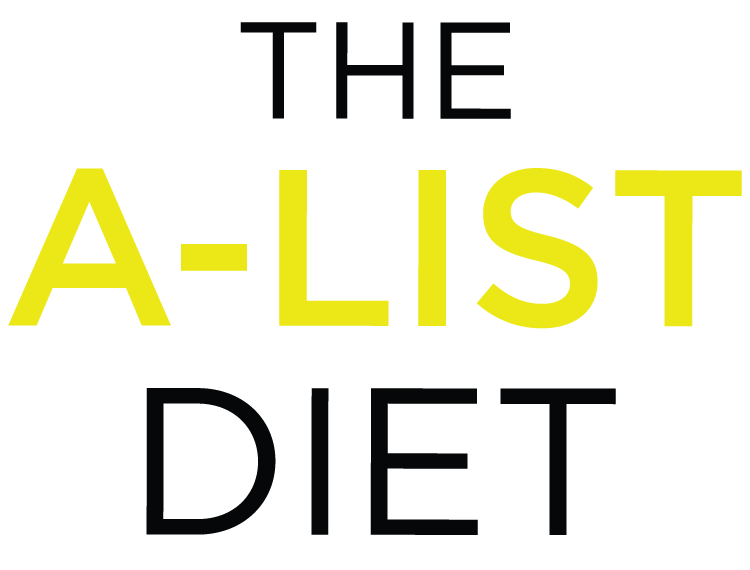It seems like every year, a new diet review makes the rounds. And its conclusion, in a nutshell, is that no single dietary strategy is healthier than another.
Obviously, that conclusion doesn’t sit right with me. Mostly because it lumps all “diets” into the same category.
But, in reality, there are no short cuts in the quest for long-term good health.
Case in point: the popular gluten-free and low-fat diets.
Giving up gluten or fat isn’t going to do much for your waistline if your pantry’s packed with a bunch of “gluten-free” or “fat-free” cookies.
This is just plain common sense. And when dieters don’t follow it, of course they’re not going to achieve substantial, long-term weight loss.
Thankfully, conventional wisdom is starting to come around about the importance of healthy fats. They are the absolute keys to lasting weight-loss and long-term health, as I explain in The A-List Diet, now available in a handy paperback version.
Unfortunately, you can find published “evidence” to support almost any piece of dietary advice—even the wrong kind. So, I can only suggest that you always be wary of its source.
Personal agendas can be powerful, especially when money’s involved. Of course the Corn Refiner’s Association is going to tell you high fructose corn syrup is fine. The National Dairy Council is going to tell you milk does a body good. And the Wheat Foods Council is going to sell you on the benefits of whole grains.
But if you follow the money trail, you’ll find most of the studies “proving” these foods are good for you are funded by the very organizations who stand to profit from them.
So, I’m going to go out on a limb and tell you the winner of the Diet Wars is…
The real science shows a low-sugar, whole-food approach like my A-List Diet actually works best for achieving and maintaining a healthy weight over the long-term.
Am I biased?
You bet.
But I have good reason to be. I’ve seen the benefits first-hand in my patients. And I’ve felt them myself.
I can tell you without reservation my low-sugar, whole food approach it’s not a fad. It’s just a smart, sensible, sustainable way to eat.
Ditch the processed, bagged, canned, and boxed garbage. Pack your plate with local, fresh vegetables. And fill the space that’s left with responsibly sourced lean protein and healthy fats from foods like fish, avocado, and nuts.
When all is said and done, if you eat real food, you can’t go wrong.
A-Listers’ Corner
Q: I’m concerned about limiting fruit. Won’t that deprive my body of the glucose it needs?
A: That’s a fair concern. Your muscles and brain do need glucose to operate at peak performance. But don’t forget: Fruit isn’t the only source of this critical fuel. Your body can break down any food you eat into glucose.
In fact, vegetables are actually a better source of glucose than fruit. Your body breaks down vegetables much more slowly than it breaks down fruit and other simple carbs. This means your brain and muscles get a steady supply of fuel, rather than the quick spike—and crash—that high-sugar foods (including fruits) provide.
Recipe of the week…
This week’s A-List recipe spotlight is on side dishes:
Zucchini-Basil Gratin (page 258 of The A-List Diet)
Ingredients:
- 1 Tablespoon macadamia nut oil
- 2 pounds zucchini or yellow squash, think sliced crosswise
- 1 generous cup chopped fresh basil
- ¾ cup grated Gruyère cheese
- 1 cup heavy cream
Directions:
- Preheat the oven to 350 degrees F. Place a rack in the lower third of the oven.
- Oil a 9 x 13-inch baking dish and cover the bottom with a layer of zucchini slices. Sprinkle with some basil and Gruyère,
- Repeat the layers until all the ingredients are used. Pour the heavy cream over the top.
- Bake for 1 hour. Serve. ENJOY!
Until next time,
Dr. Fred

